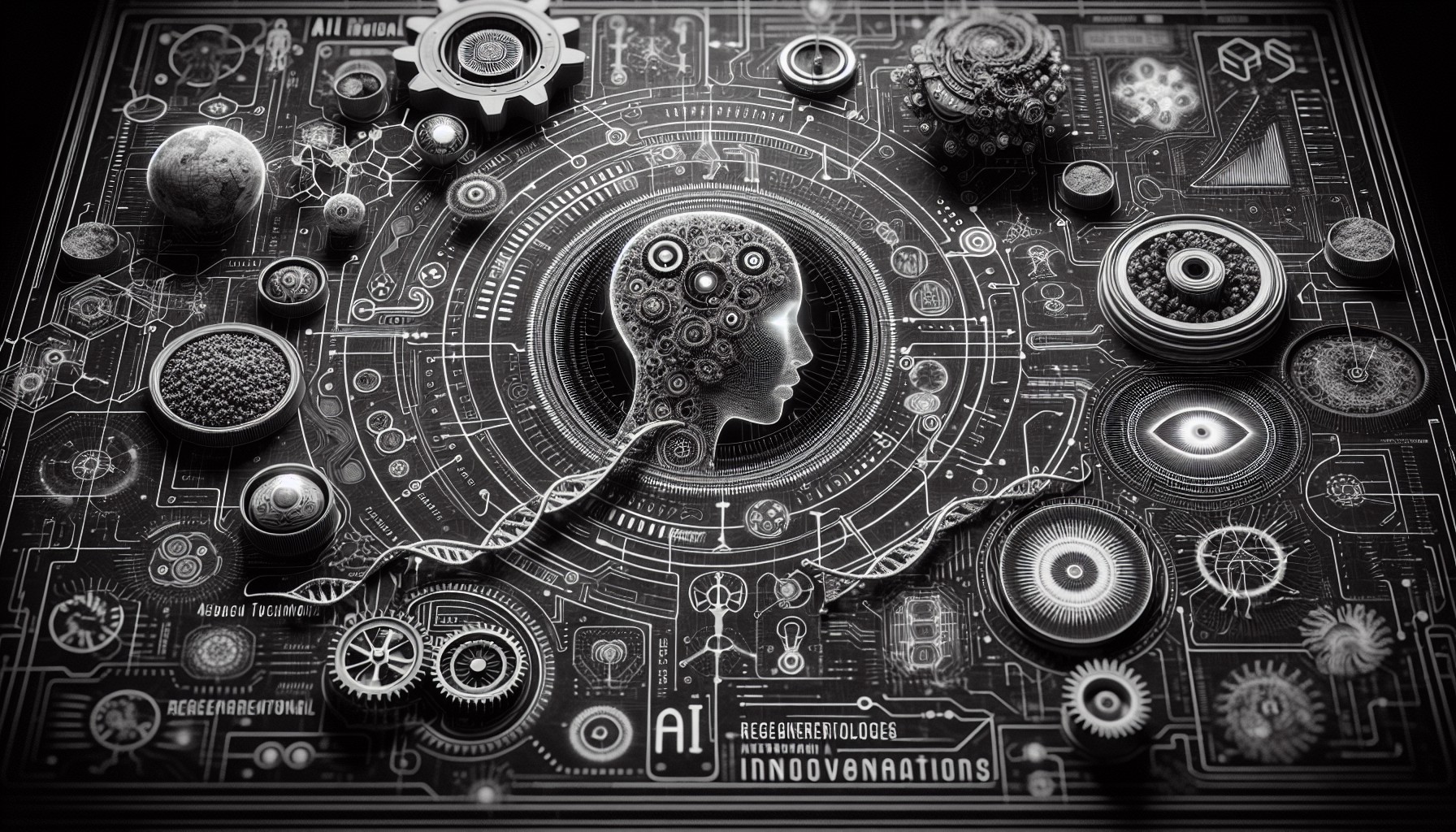In the realm of biological marvels, the planaria, a type of flatworm, presents a fascinating case of regeneration. These creatures can replace missing body parts, often leading to the mistaken belief that their regenerative abilities are both limitless and uniformly rapid. However, recent studies have shown that planaria cannot regenerate a missing head until after their tail has developed sufficiently. This peculiar biological fact offers intriguing parallels and insights into the field of Artificial Intelligence and machine learning.
One might wonder how a simple organism like the planaria can provide analogies for complex AI systems. The answer lies in the concept of dependency and sequence in processes, which is a common theme in both biological regeneration and AI development. In machine learning, particularly in sequential models like recurrent neural networks (RNNs) and their advanced counterparts, long short-term memory networks (LSTMs), the sequence and dependencies of data inputs are crucial for effective learning and prediction. Just as a planaria needs its tail to develop before its head can regenerate, an AI model often needs certain foundational data or layers to be established before it can perform more complex tasks.
The planaria’s regenerative process can be likened to the iterative training process of AI models. In deep learning, models are trained through cycles or epochs, where the network gradually learns and refines its understanding. Similarly, the planaria must first regenerate its tail, a simpler structure, before it can proceed to regenerate its head, a more complex and functionally critical part. This sequence ensures that the organism can maintain some level of functionality and stability during the regeneration process.
Moreover, this biological insight into planaria regeneration can inspire innovations in AI, particularly in the development of self-healing algorithms. These are systems designed to identify, diagnose, and rectify their own errors or inefficiencies without human intervention. Understanding how biological systems prioritize and manage regeneration can lead to more robust AI systems that can recover from disruptions or data loss by prioritizing essential components first, much like the tail-first regeneration in planaria.
The planaria’s regenerative capabilities also bring to mind the concept of transfer learning in AI. Transfer learning involves taking a pre-trained model on one task and fine-tuning it on a different but related task. This process leverages the ‘developed tail’—the existing knowledge and structure—to expedite and enhance the learning of new tasks, akin to how the planaria builds upon its newly formed tail to regenerate its head.
Furthermore, the study of planaria can contribute to the development of AI systems that are more adaptable to changing environments. Just as a planaria adapts its regenerative approach based on the extent and position of its injury, AI systems could be designed to dynamically adjust their learning strategies and resource allocations in response to real-time changes in data input or task requirements.
The marvel of planaria regeneration also underscores the importance of understanding hierarchical structures in both biological organisms and AI systems. In AI, particularly in neural networks, hierarchical layers are critical as they allow the system to learn complex patterns and abstractions from raw data. The planaria’s need to regenerate its tail before its head can be seen as a biological demonstration of hierarchical dependency, where certain structures serve as precursors or foundations for others.
In conclusion, the unique regenerative capabilities of planaria offer more than just biological curiosity; they provide a profound template for understanding and innovating in the field of Artificial Intelligence. By mimicking nature’s efficient and adaptive strategies, AI researchers can develop systems that are not only more resilient and capable but also more aligned with the intricacies and demands of real-world applications. As we continue to explore the parallels between biology and technology, the humble planaria may yet teach us invaluable lessons about regeneration, adaptation, and the art of prioritizing complexity.
